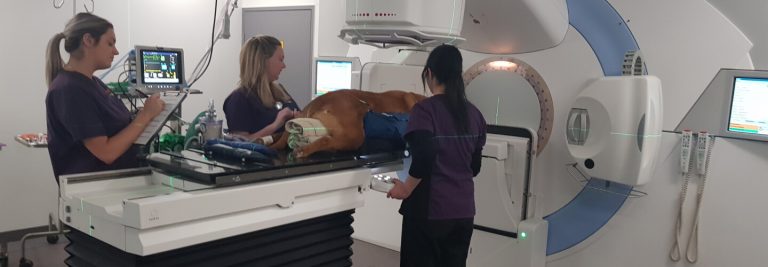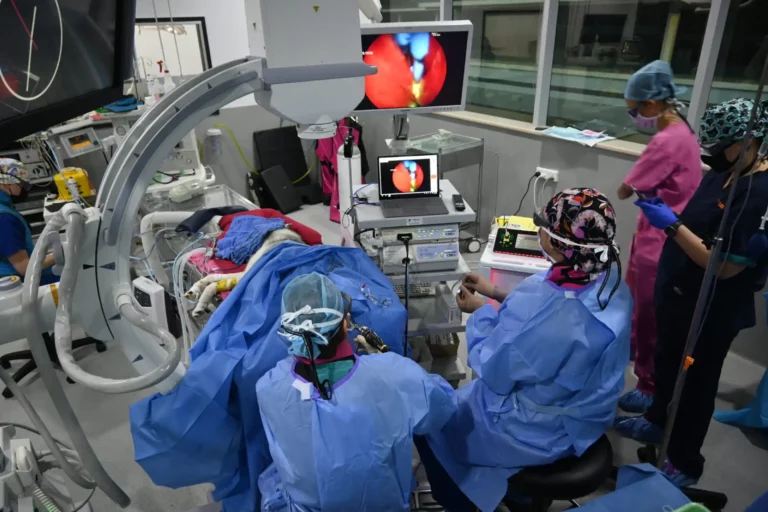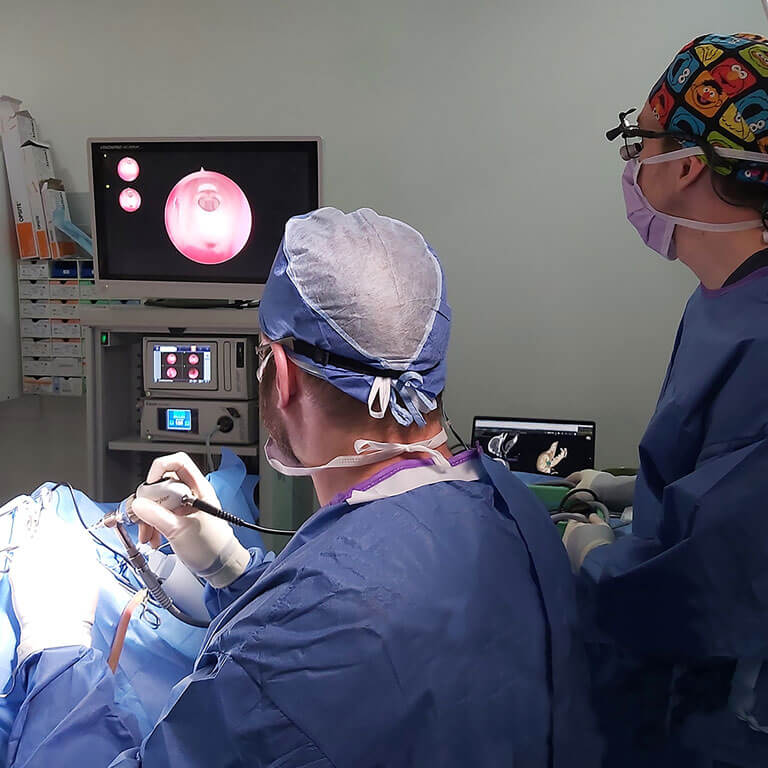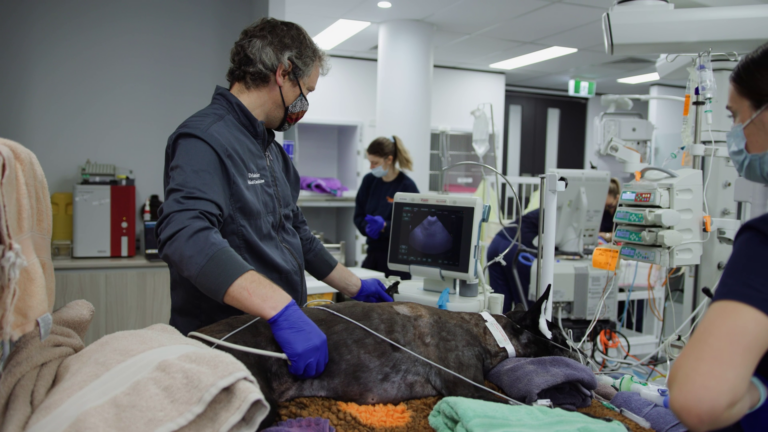By Dr Soo Kuan
What is the adrenal gland?
Dogs and cats have 2 adrenal glands. Each adrenal gland sits next to each kidney, next to the vena cava (one of the major blood vessels in the abdomen).
The adrenal glands make and release hormones that help the body control blood sugar, burn protein and fat, react to stressors like a major illness or injury, and regulate blood pressure.
What is an adrenal tumour?
Adrenal tumours can be divided broadly into 3 groups: functional adrenocortical tumours, pheochromocytomas and non-functional tumours.
Functional adrenocortical tumours are derived from the cells that produce the stress hormone cortisol. The term “functional” means that the tumour secretes hormones. However, not all adrenocortical tumours are malignant or aggressive.
Pheochromocytomas are derived from the cells that produce adrenaline. Animals that have pheochromocytomas usually have either persistent or intermittently very high blood pressure and/or arrhythmias (abnormal and missed heart beats). These patients often need to have medication to manage these problems prior to any surgical procedure to reduce the risk of surgical and anaesthetic complications.
Many adrenal tumours are non-functional, and some are discovered by accident during abdominal ultrasound being performed to diagnose other conditions. They do not cause disease by secreting hormone, but may cause problems by either growing into the vena cava (a large vein returning blood from the abdomen to the heart), or by rupturing and bleeding into the abdomen.
What are the treatments for adrenal tumours?
Sometimes, adrenal tumours can simply be monitored or be managed through medication. However, surgical removal of adrenal tumours (adrenalectomy) should be considered if they are:
- Functional adrenocortical tumours or pheochromocytomas, or
- Causing a problem locally, such as invading the vena cava or pressing on other organs, or
- Increasing in size rapidly, with concerns that they may rupture
What is adrenal tumour surgery (adrenalectomy)?
An adrenalectomy, or the surgical removal of the adrenal glands usually starts with a CT scan, to check for invasion of the vena cava, and also to check for the presence of cancer in the lungs and other organs. Blood tests are also performed to ensure that there are no major abnormalities. Due to problems with high blood pressure, patients with pheochromocytomas will be medicated for several weeks with blood pressure mediations prior to surgery. If there is invasion of the vena cava, your pet may also be blood typed in case they require a blood transfusion during or after surgery.
The tumour may be approached via the midline of the abdomen, or via the flank approach (from the side of the abdomen), or a combination of both. The surgical approach depends on which adrenal gland is affected, on the size of the tumour, and on the degree of invasiveness. Every attempt is made to preserve the kidney on the affected side. However sometimes, the kidney will need to be removed.
What are the risks with adrenal tumour surgery (adrenalectomy)?
As with every surgery, there are risks associated with adrenalectomy. They can include infection, bleeding, damage to other organs (kidney and pancreas) and in rare cases, death. These risks will be discussed in detail with you by your surgeon at the time of consultation. The highly trained specialist veterinarians at SASH, including Surgery, Anaesthesia, and Critical Care work together to reduce these risks as much as possible.
What happens after adrenal tumour surgery (adrenalectomy)?
Immediately after surgery, your pet will recover in our intensive care unit (ICU) for close monitoring. They may be in the ICU from one to several days depending on their recovery before being transferred to the general hospital wards. They will have blood tests performed several times each day until they are stable and comfortable. They will be particularly monitored for pancreatitis (inflammation of the pancreas) as this can occur after adrenalectomy. Pancreatitis can cause vomiting, nausea, and inappetence. The development of pancreatitis may prolong your pet’s time in hospital as they will need to remain on IV fluids and medications until they are eating well again. Most patients are sent home within a few days of surgery.
What happens after my pet goes home after adrenal tumour surgery (adrenalectomy)?
You will get detailed instructions for at home care when your pet leaves the hospital. In general, your pet will need to be kept quiet and confined. It is recommended to keep dogs in a small room, pen or crate, for at least two weeks. They can be taken outside to toilet for 3-5 minutes, every 4-8 hours. Cats should be confined a crate or cage, approximately 1m x 1m x 1m.
Your pet should be kept on soft bedding so that they are comfortable. They can be fed as normal, unless otherwise directed. Your pet will also be discharged with some painkillers, which you should give as prescribed. If you have any questions or concerns, SASH is open 24/7 any time by phone. Remember to schedule a revisit for your pet approximately 10-14 days after surgery, to track their recovery.




